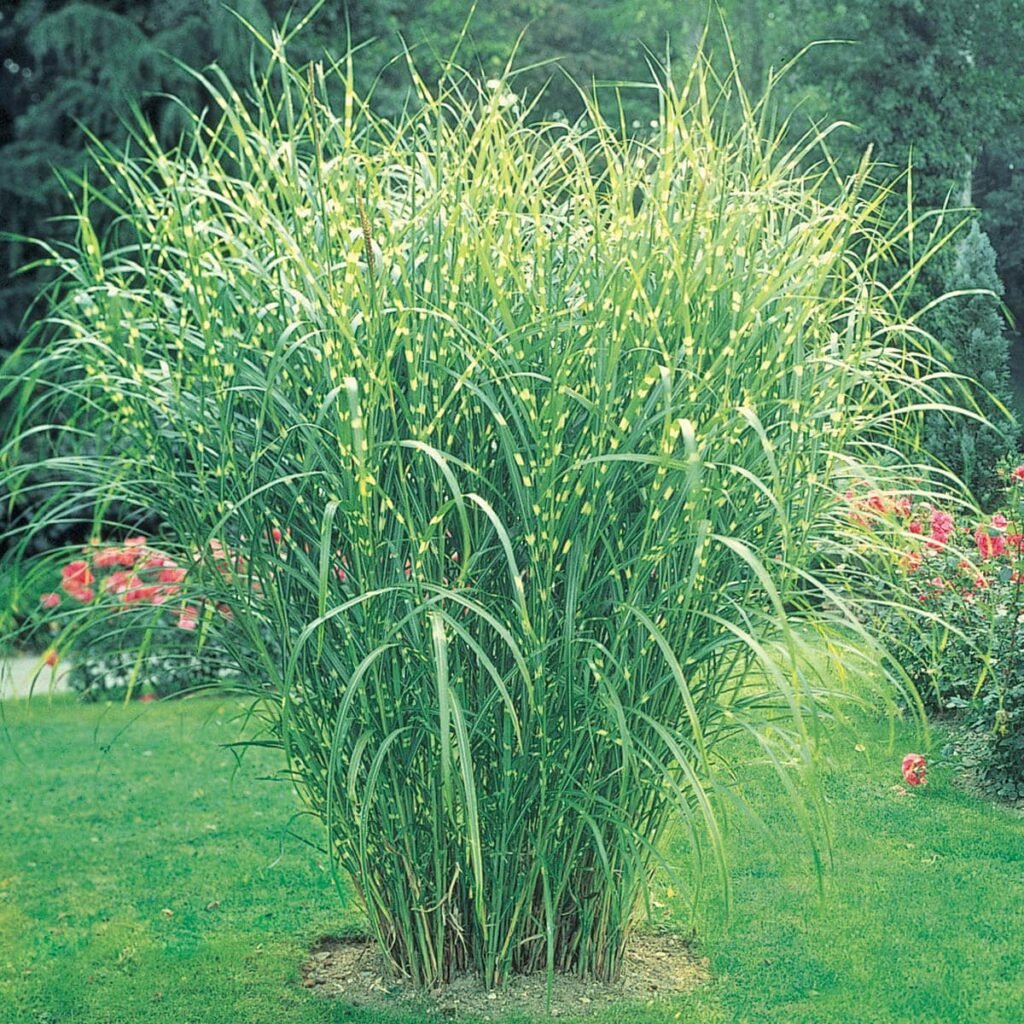When To Stop Cutting Grass In Ontario
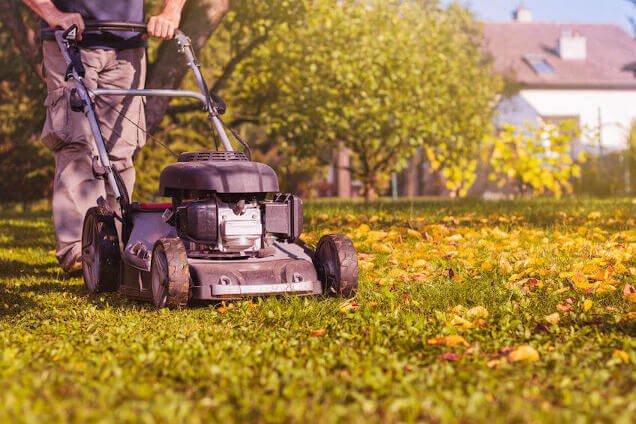
Don’t know when to stop cutting my grass in Ontario? Well it depends on the weather really, but we can make accurate predictions.
Maintaining a lush, green lawn is not just a spring and summer project, but also an endeavour that requires some level of attention even during the cold Canadian winter as well.
One of the most important tasks that often raise eyebrows is the final mow of the season is the final mow of season before winter rolls in.
So let’s answer that question, when should you stop cutting grass in Ontario? In this blog post, we’ll delve into this question, providing you with a clear, straightforward answer, and explaining why it is vital to follow this advice.
Timing The Last Cut of the Season
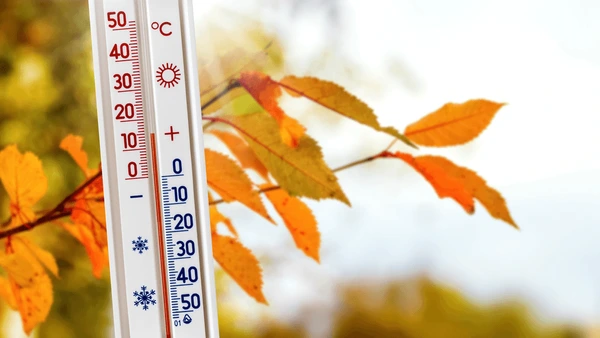
ANSWER:
Determining the timing of that all-important final mow of the year in Ontario can be a bit of a guessing game, but fear not! It generally falls somewhere between late October and early November.
However, mother nature is fickle, and the exact timing can vary. Some years may have a gentle autumn, allowing the mowing season to stretch into November, while other years might get colder much faster with an early frost by late October.
A good way to have a solid educated guess as to when to stop cutting your grass at the end of the season is to look at the data we have on plant hardiness zones in Ontario.
The key to unlocking this seasonal riddle lies in the ground temperature and watching the forecast. Your grass essentially goes into hibernation mode once the soil temperature dips below 10 degrees Celsius (50 degrees Fahrenheit). A good Thermometer to measure ground temp can help nail down the right time to stop cutting.
This is the temperature at which your grass pauses its growth and takes a well-deserved winter break. At this point, it’s time to fire up your mower one last time for that final, decisive last cut of the year.
Continuing to mow after the grass has stopped growing can stress the lawn, robbing it of its energy reserves, and potentially leading to unhealthy patches come spring.
The end of the mowing season in Ontario isn’t just marked by the calendar, but rather the quiet signals the lawn sends you while you’re paying attention to it.
Why you should stop cutting grass at the correct time
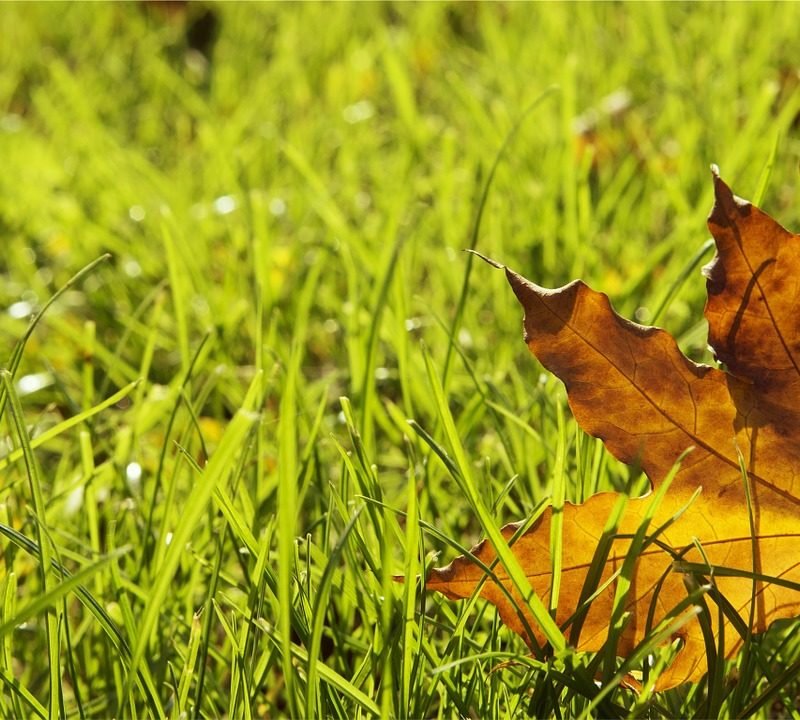
There are several compelling reasons why you should cease this activity before winter sets in.
Firstly, throughout the warm months, your lawn works diligently, performing photosynthesis and storing energy in its roots. Regular mowing during the warm months will deplete these energy reserves.
As the season shifts, it’s crucial to allow your grass to build up enough of these energy reserves to last the harsh winter months.
Another reason is linked to the natural growth cycle of your grass. As the chill sets in, your lawn goes into a state of dormancy – a deep sleep if you will.
During this period, your grass essentially halts its growth. If you persist with mowing, you might be greeted by an unhealthy, patchy lawn when spring reemerges.
Finally, consider the physical structure of the grass blade. Leaving your grass slightly longer as winter approaches provides a natural, protective blanket against frost and freezing temperatures.
This extra length helps to insulate the crown of the grass plant (the origin point for new growth), shielding it from the brutal winter conditions.
Another secret we’d like to share, is how important choosing a day to make that cut. You want to pick a day when the ground is fairly dry.
This is important as mowing on damp soil could lead to the creation of ruts in the lawn, which are not only unsightly but can cause damage to your grass, especially large heavy mowers.
All in all, knowing when to stop cutting grass before winter is an important aspect of lawn care. It’s about more than just saving yourself a task – it’s a strategic decision that contributes to the health and vitality of your lawn year-round.
How short should the last cut of the season be?
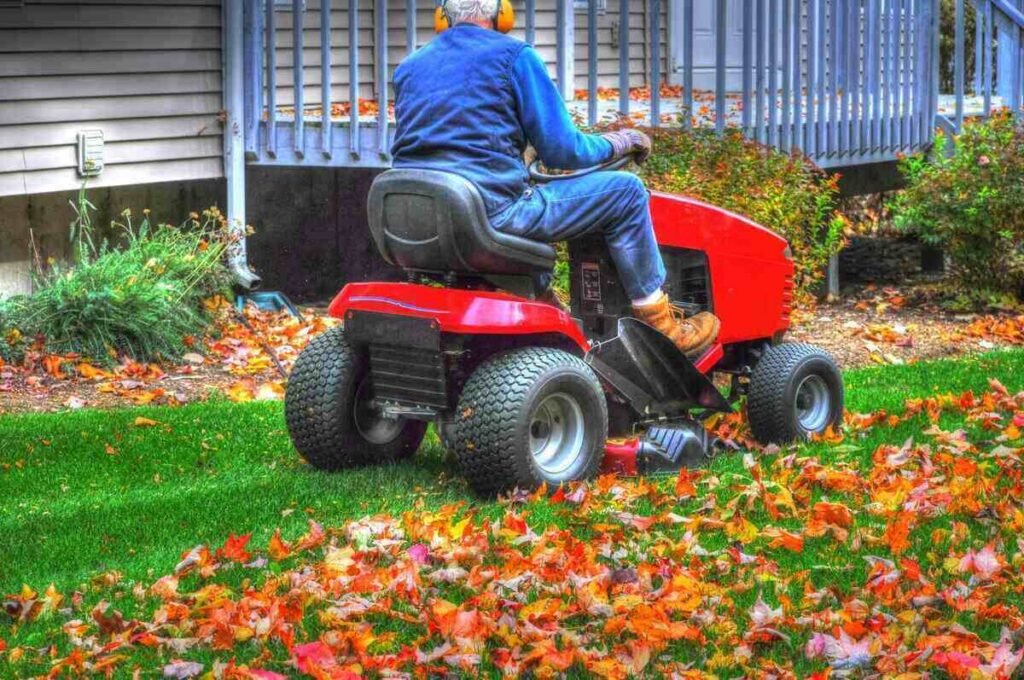
Next, let’s talk about the height of the grass. For this all-important last mow, you’ll want to adjust your cutting height slightly. Contrary to what you might have been doing during the warm months, the final cut calls for a longer blade. A good range to aim for is somewhere between 4 to 4.5 inches in length.
Now you might be wondering, why the change in height? well, It serves a protective practice. This extra length provides a natural layer of insulation for the crown of the grass plant.
If you remember, the crown is the origin point for new growth, and it needs all the protection it can get from the harsh winter conditions.
So as you prepare for that final mow, keep these tips in mind.
Choose a dry day and adjust your mower for a slightly longer cut. Give your lawn some protection by leaving the grass longer.
If you follow these cultural practices, you’ll not only know when to cut your grass before winter, but also how make the most of this season to prepare your lawn for the cold Canadian winter.
Consider Our Lawn Mowing Service In Sarnia Ontario


